|
Really defies simplistic genre descriptors, but who really cares about such meaningless things. A psychological folk-horror film that plays with popular motifs such as the urban-rural divide and the fine line between reality and fantasy, to deliver a rather fascinating subtextual commentary on post-60s America. Traversing the urban-rural axis with a keen eye on the specific epoch, where the utopic dream of naturalistic living spawned by the affluent 70s left was confronted by the harsh realities of small-town American life, Let's Scare Jessica To Death is imbued with a consistent sense of disorientation, in which the archetypical female protagonist that would largely dominate the horror genre in the late 70s/early 80s is replaced by abject fragility and instability, instilling the film with a consistent ambiguity which only aids the film's vast and varied potential readings. Those looking for cheap thrills or simple entertainment are likely to be disappointed by Let's Scare Jessica to Death, but for those willing to looking beyond the text, it truly is a fascinating feature that rests at the fulcrum of a major shift in American culture and horror filmmaking.
0 Comments
Shinoda's A Flame at the Pier is an incisive rumination on the conflict between capital and labor in post-war Japan in which transnational exchange and the influx of foreign investment exacerbate class division. Shinoda's visual tableaux enunciate the stark dichotomy between those who profit and those who work, deploying compositions that routinely enunciate the strict hierarchy on display as it follows its principal protagonist - a union-busting, disenfranchised youth who feels obligated to serve management despite his place among the working class. A Flame at the Pier is quite poignant in the way it details the confusion and internal conflict of its main protagonist. It's a deeply tragic story exhibiting how a boy's false sense of allegiance ultimately destroys his chance for love and happiness. The milieu displayed throughout A Flame at the Pier is one of dissonance, not only across the strict dichotomy between labor-capital but also within each. The entirety of the social arena of Japan and collective identity has been disrupted post-war by the influx of foreign investment and the rapid changes it has placed on the social apparatus and the film really does a great job at elucidating how this affects both the cultural identity and the individual agents that make it up. The docks - the primary access point for trade, where the flow of goods and capital is directly carried out by manual labor is the perfect spatiality for this tale of deception, greed, and inevitably tragedy. In the end, class consciousness is an essential tool for collective progress and economic justice. The great societal disruption of post-war Japan has made this paramount. Honestly, I'm surprised this isn't a more heralded film in Masashiro Shinoda's oeuvre, it really works on every level, being masterfully crafted and effective both in its expressive, emotional core and its pointed, social-economic observations of Japan.
Employing a playful formal style that utilizes a lot of familiar sensibilities and techniques popularized by and associated with the French New Wave, The Story of Three-Day Pass is an understated yet piercing study of racial imbalance, one which keenly elucidates the psychological toll of exile and alienation through an idyllic boy meet girl narrative framework. The pernicious yet not always overt racism is wonderfully captured, the promise of potential romance feels real yet never assured, and in the film's denouement, the harsh realities of romanticism give way to the pervasive realities of racism. The Story of a Three- Day Pass isn't polemic in its study of racism, it simply exhibits the facade of acceptability which the black man is confronted with. Allowance is granted by those who accept obedience and subjugation to the will of the racial majority. They have utility within this expectation, yet they will never be viewed as anything beyond that due to the white majority's unwillingness to see them as equal, autonomous human beings.
Kim Ki-Young's Goryeojang is an incendiary piece of filmmaking rooted in forensic observation that details the intertwined relationship between brutalism and survivalism foolishly constructed by man. For Kim Ki-Young humanity and its animalistic nature is simply overlooked, and his approach here shows little proclivity towards sentimentality but what I believe Goryeojang ultimately posits is that whether it be through social or divine hierarchal structures, man's abstract allegiances drive them inevitable towards barbarism due to their unwillingness to accept the anarchy intrinsic to living. Kim has such an acute understanding of humankind's internal impulses, instincts, and desires and how easily they can lead to violence. Humans are emotional creatures not confined by logic, and perhaps one could say Kim's approach here doesn't slant towards sentiment but rather a sociological investigation. Detailing the harsh conditions in an assured approach that never shies away from capturing the barbarism intrinsic to the human experience, Kim's film also suggests the paramount importance of internal fortitude in order to reject these egotistical impulses and the deceptions of safety promised by authority. In the end, he seems to suggest approaching commonality through a framework rooted in altruism and empathy instead of competition and hierarchy. I could see some characterizing Kim Ki-Young's approach here as nihilist but in its denouement it rejects this ideal. A near epistemic approach elucidates the cruel realities of survival yet in the end I believe Goryeojang signals the need to reject idols or any form of authority that can lead to conflict, with our main protagonist destroying the vestiges of authority in an effort to forge a path in which mutualism rises everyone above the dirt. Make no mistake, Goryejong is a shockingly brutalist work in many regards. There are sequences in this film that left me shocked due to the savagery and depravity on display, and yet the film delivers an emotional wallop all the same, doing so far more from a naturalist perspective than one rooted in expressionism or melodramatics. Honestly, I don't feel completely adequate to write about this film, having only seen 3 of Kim's films to date. These are just my initial impressions and observations from a first-time viewing, but this is a major work from Kim Ki-Young that may just be a complete masterpiece.
Imbued with such a quiet sense of mystery and menace, Mike De Leon's Itim is a fascinating foray into spiritual horror that beautifully invokes ecclesiastical principles of internalized guilt and repentance to deliver a highly atmospheric and compelling experience ripe with subtextual investigations beyond its familiar genre conception. The directorial vision and overall aesthetic employed by De Leon routinely project a strict dichotomy between darkness and light. This visual delineation evokes a continuous, atmospheric sense of unease and uncertainty in the viewer. Darkness envelopes much of the film. Light routinely pierces through this darkness. The spiritual and material world feel intertwined to the viewer due to these precise visual constructions - it's the protagonists who struggle to see it as they search for answers. Perhaps a facile comparison, but I routinely found myself reminded of some of Kiyoshi Kurosawa's work when watching De Leon's Itim. The interior spaces induce dread and a continuous sense of unease - darkness lurks in nearly every interior space, the spiritual world lives in the same spaces unseen. A haunting experience imbued with Christian theology, Itim's familiar conception - the spiritual world seeks help from the living in order to find a sense of closure from past transgression which has gone unpunished - only tells half the story here, as De Leon crafts a memorable tale of such quiet, understated menace that feels expansive in its investigations into entanglement between communal and individual, exposing both the exterior - community and generational trauma, the necessity for closure - and the interior - internalized guilt and personal repentance - effects such unresolved pain can place on the living.
An impeccable crafted, provocative work of rebellion in which the typical axes between pleasure and pain, love and violence, are contorted and examined. Masumura's direction is sensualist to the core, deploying majestic, impressionist exteriors with interior liminal spaces that evoke a sense of restriction. Seamlessly exhibiting the entangled relationship between tension and eroticism and the shared combustible nature of love and hate, Irezumi is a story of repression and rebellion, one that traverses exploitation sensibilities to deliver a confrontational social critique of female vengeance. Lurid with purpose and featuring an infectious lead performance by Ayako Wakao which manages to be devilish yet empathetic in exhibiting the subtle ways she was conditioned, Irezuma is imbued with a sense of quiet menace, in which acts of lust, love, and betrayal elucidate the combustible nature of the human spirit due it's intrinsic malleability.
Such an honest, personal evocation on loneliness, emotional displacement, and the endless pursuit to find meaning amongst the ennui. Beautifully constructed monochrome cinematography enunciates what often feels binary when one is struggling to find a sense of belonging or closure - people are either in a state of jubilation or desolation, there is no in-between. How a certain spatiality is more than just inorganic matter due to the emotional entanglements we as human beings keep. What is nostalgia when all we know is pain? A staggering debut feature that's formal style and intimate expressivity signal a filmmaker to keep an eye on going forward
Two professionals at the top of their craft engage in a cat-and-mouse game which inevitably leads to mutual respect and admiration despite being on the opposite side of the law. Infused with a playful demeanor and an understanding that the stakes can be felt without divulging into self-serious navel-gazing, Running Out of Time is another skillfully made story by the great Hong Kong filmmaker, one that is just so ripe with playfulness and an aura of unpredictability that pulsates through its familiar cat-and-mouse, cop vs. criminal conception. Circumstance, chance, fate - two men pitted against each other that are the masters of their domain. Would honestly be a fun double bill with Michael Mann's Heat, sharing conceptual and aesthetic similarities - the deep blues and gun-metal grays - with a wildly different treatment and execution. Life despite mortality shouldn't be taken so seriously, and for those who rise above the bullshit - whether it be bureaucracy or other abstract strictures placed on us by society - there is a lot of fun to be had.
The complex edifice of performance, artificial in practice but conjured and informed by genuine experience, is beautifully rendered in Stanley Kwan's boldly constructed biopic, Center Stage. Maggie Cheung's performance is imbued with a rich and layered pathos, one of uncertainty but an achingly understated sadness - Melodrama as a purveyor of the essence of being, artificial but actual. Astutely aware of the fine line which exists between exploitation and exhibition when purveying the past, Center Stage is self-reflexive in its portrait of Ruan Lingyu, deploying metafiction elements that help cultivate an empathetic investigation that is affectionate and masterfully told, yet wisely far from assured when it comes to encapsulating the complexities of this tragic portrait of the past. Kwan's directorial vision - the cinematic arrangements, both aesthetically and formally, are masterfully constructed, and while I have more of his films to see this feels like it could be his masterpiece.
I mean, I'll just be blunt and say that Kiyoshi Kurosawa is one of the masters of contemporary cinema and I'm becoming increasingly convinced he still isn't appreciated as much as he should be. The formal style here is just so precise, economical, and efficient. The dread induction he invokes is never reliant on cheap theatrics related to quick cut-ending, jump scares, or visual subversion - it is all right there in plain sight and Kurosawa forces the viewer to simply wallow in. What I think this film captures so well is the degradation of social spaces, the milieu it presents is one of increasing desolation, and in a sense, it feels like a story that subtextually explores depression and the internal search for peace which requires external support mechanisms. The essence of living juxtaposed against the cold, artificial mechanisms of technology that distract from what really matters.
|
AuthorLove of all things cinema brought me here. Archives
June 2023
|
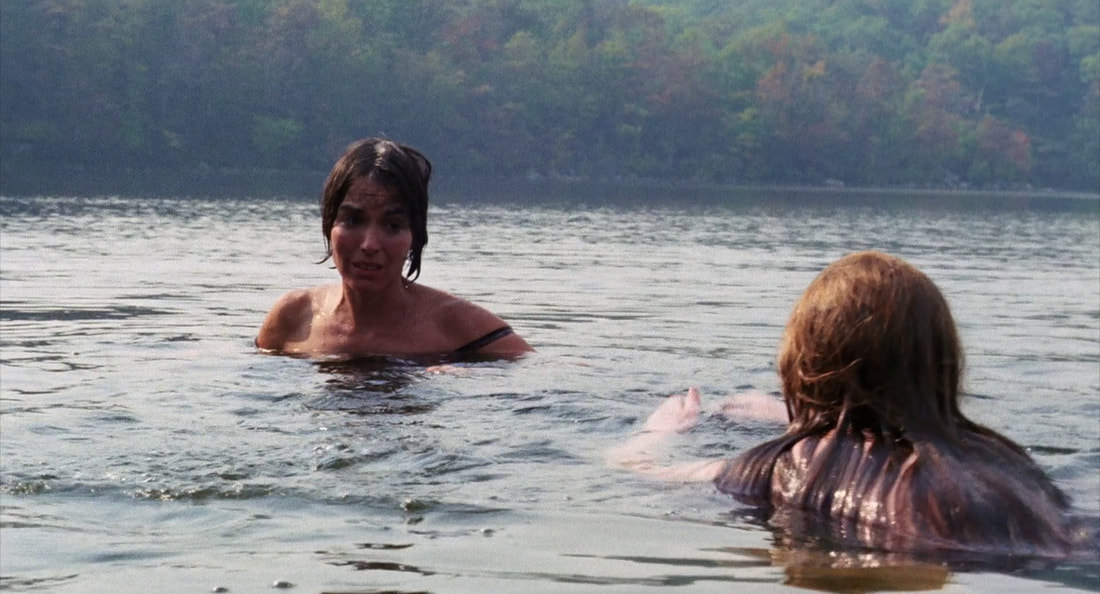
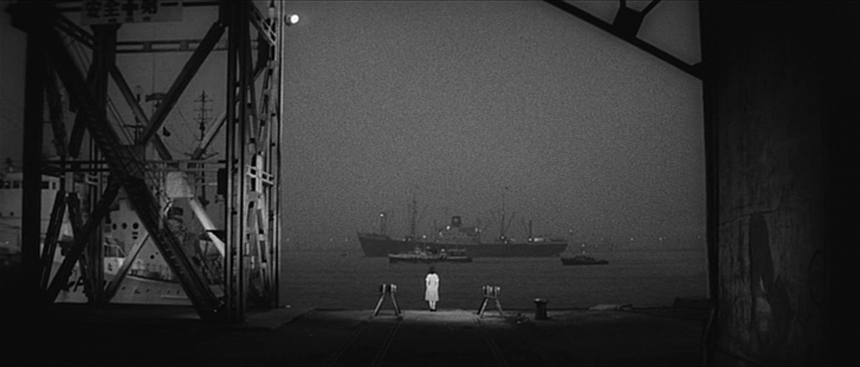
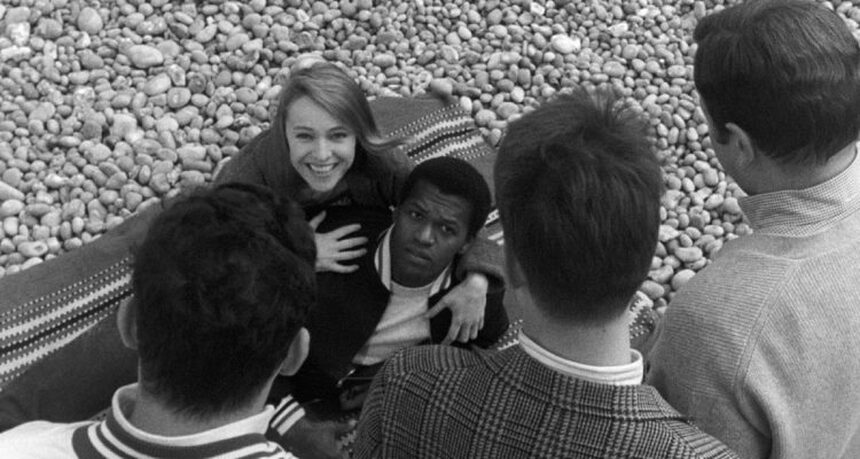
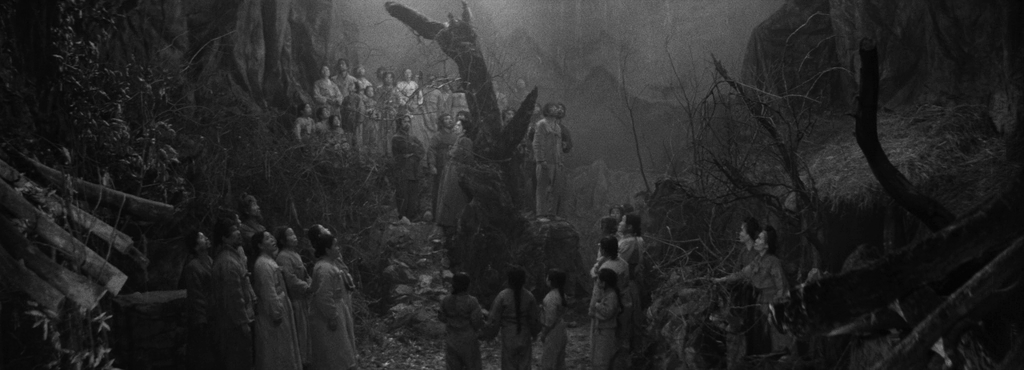

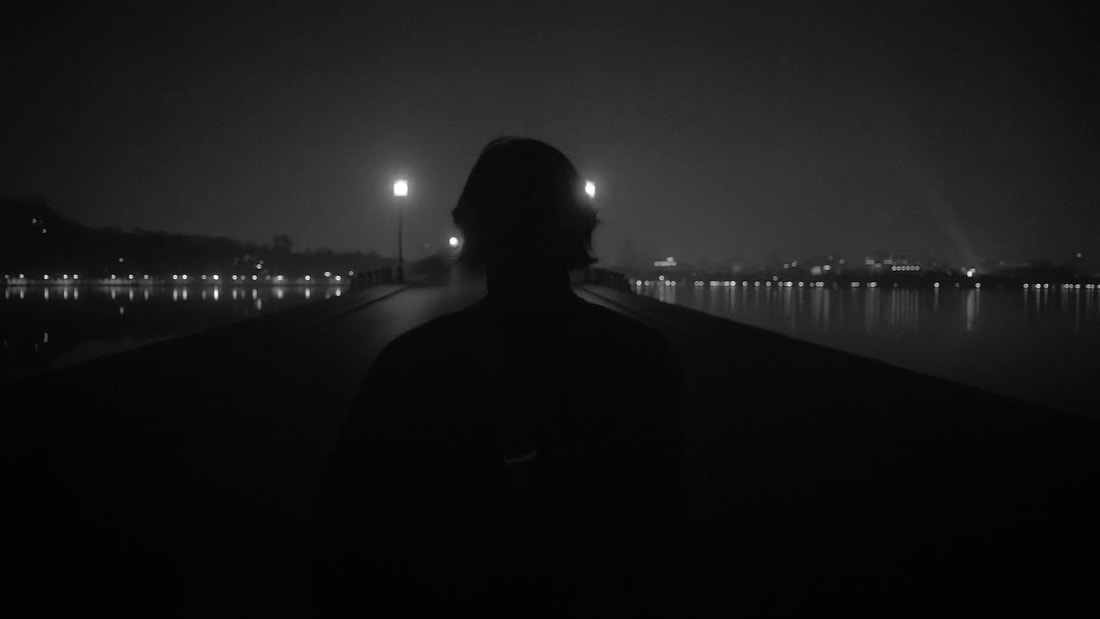

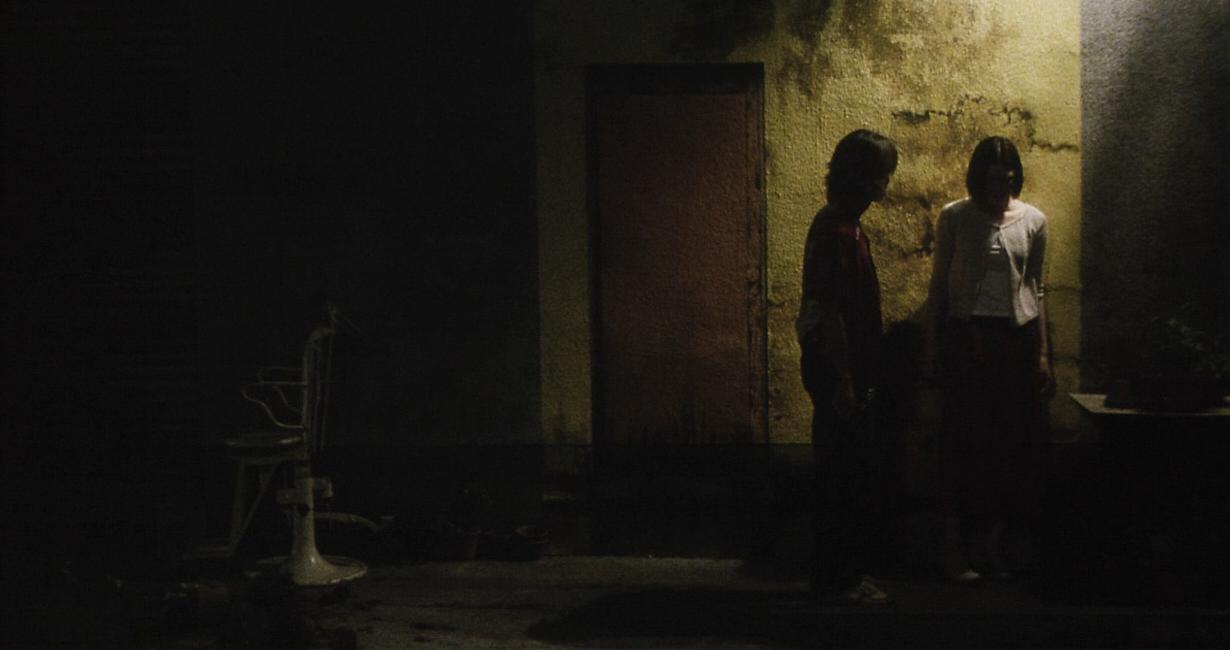
 RSS Feed
RSS Feed
